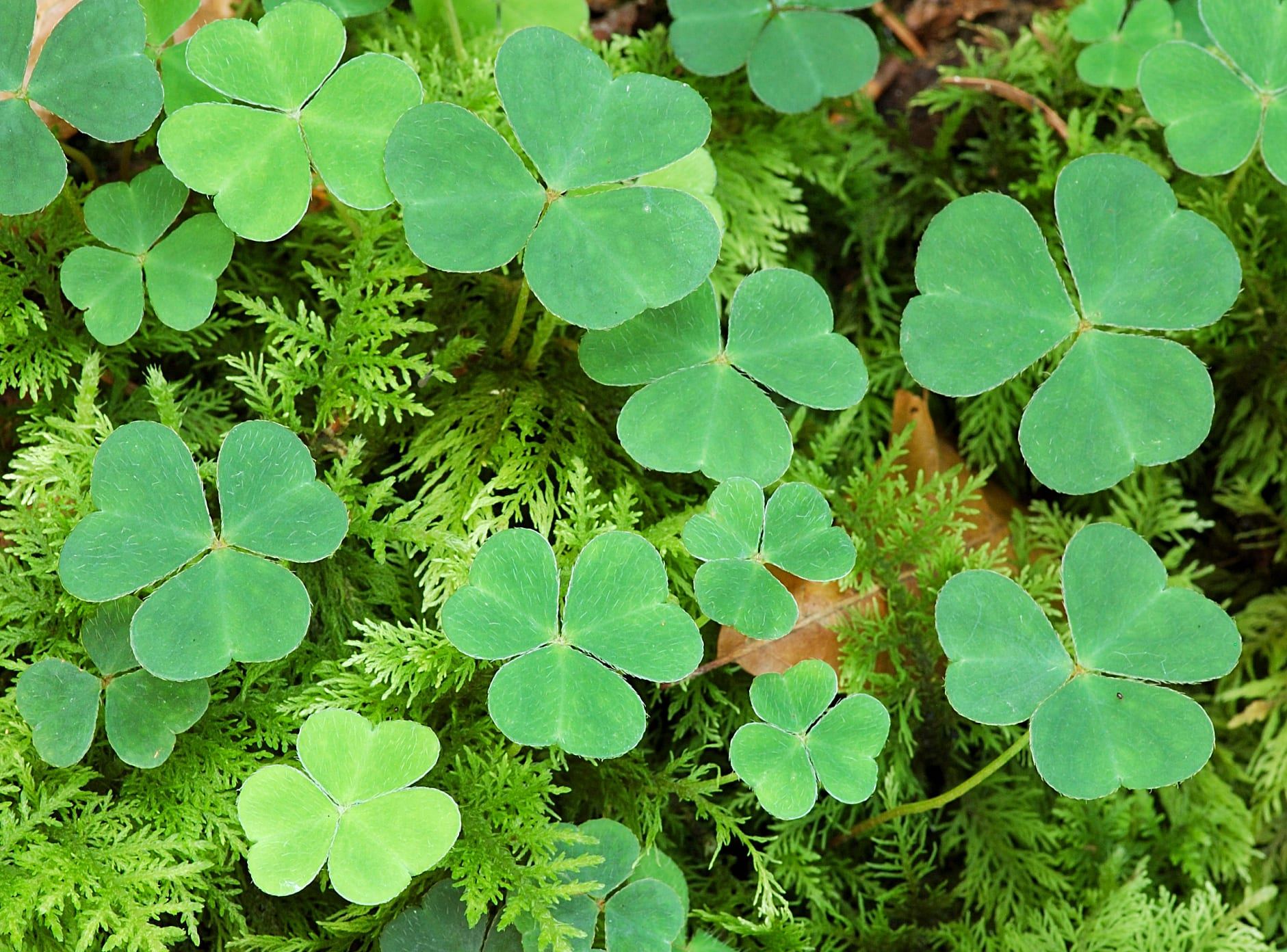MIMedGrower
- 17,190
- 438
Not sure where you are, but I learned recently that mine like it near the hotter/more humid end of the spectrum. I have one lonely Blue Gelato that acts like that, she still likes to feign weakness, but I learned she doesn't like the cold at all. If it were in human terms, yellow tells me sulphur problem (yes, sometimes it's as simple as that in fixing humans). I am brand new to this, these guys can tell you better than me. In my head: maybe sulphur isn't being processed, so what does that equate to? A light problem? A water problem? I believe that's what is part of what's broken down in photosynthesis, right?
You sound very interested in plant processes. The first thing is that plants and humans share very little similarities.
We eat food for energy and growth. Plants absorb light as energy “food”. We have a carbon molecule at the center of every cell. Plants have magnesium. All processes are quite different.
Just to post some info here that could be helpful.
Sulfer is used in small amounts by our plant. To quote the grow books and other sources sulfer deficiency in marijuana is rare.
Phosphorous is a macro nutrient. Used the least of the 3 macros (NPK) but still in a good quantity. It helps drive many plant processes. And it is easily locked out by cold wet roots from overwatering. Once photosynthesis is challenged by the bad uptake nitrogen and others wont process resulting in fade first and necrosis after. The lower yellow leaves will likely burn and die in sploches if not corrected. Maybe turn purple before the spots go brown/tan.






